Are you tired of spending precious minutes untangling necklaces or searching for matching earrings? Learning how to organize jewelry efficiently can save you time and frustration while keeping your precious pieces safe and accessible.
In this guide, we'll provide step-by-step instructions on how to methodically arrange your pieces and share some innovative tips to enhance your jewelry organization. Whether you have a modest collection or a vast assortment of baubles, our strategies will help you keep everything accessible and in pristine condition.
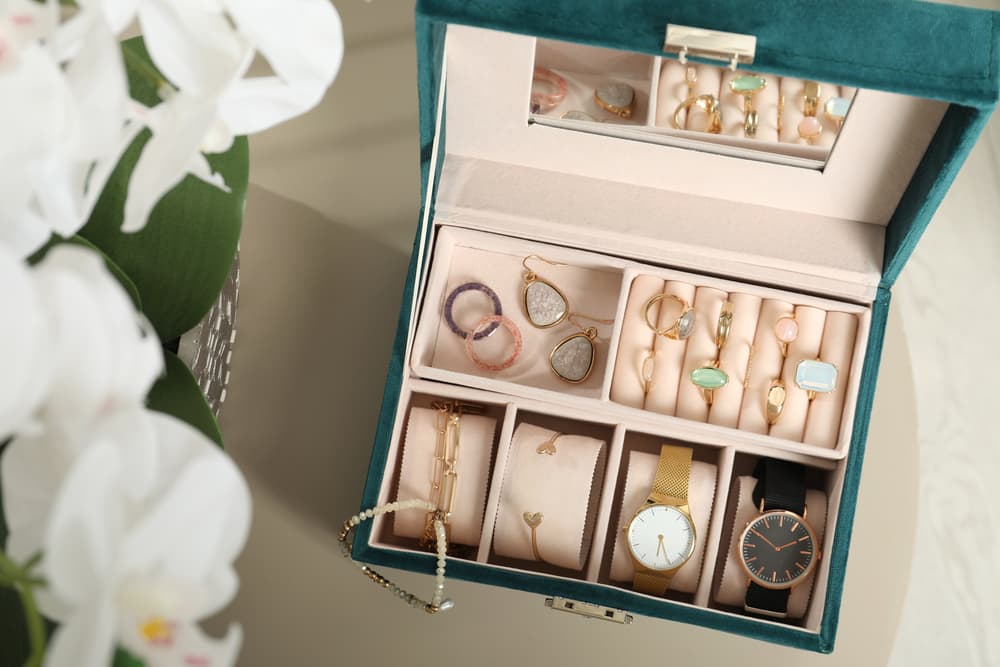
Why Do You Need to Organize Your Jewelry?
Organizing your jewelry is more than just a way to tidy up your space; it's an essential practice for anyone who values their collection. First and foremost, proper organization prevents damage. Delicate items like necklaces and bracelets can easily become tangled, leading to breakage or irreparable knots. Gemstones and pearls can scratch or chip if not stored properly, diminishing their beauty and value.
Moreover, organizing your jewelry saves you time. Instead of rummaging through a cluttered drawer or untangling chains every morning, you can quickly find what you're looking for, making your daily routine smoother and more enjoyable. This efficiency is particularly valuable on busy mornings or when you need to accessorize for a spontaneous event.
Additionally, when your jewelry is neatly organized, you're more likely to wear all of your pieces. Often, buried items are forgotten. By displaying your collection visibly and accessibly, each piece gets its chance to shine, and you can enjoy the full range of your jewelry rather than just the items on top.
How to Organize Jewelry
Organizing your jewelry effectively can save time, protect your pieces, and keep your collection looking neat. Here are some practical steps to help you manage your jewelry:
1. Sort Your Jewelry
Start by sorting your jewelry into categories such as necklaces, rings, earrings, bracelets, and watches. Group the pieces of each category by material, keeping gold, silver, costume jewelry, and those with precious gemstones apart. This initial step simplifies the organization process and helps you identify what storage solutions you need for each type.
Further, separate these items by frequency of use—distinguishing between daily wear pieces and those reserved for special occasions. As you organize, take the opportunity to check each piece for damage, repairing or cleaning them as needed. Also, consider purging items that you no longer use by donating or selling them, which can simplify your collection and make room for new favorites.
2. Organize Your Jewelry in a Drawer
Organizing your jewelry in a drawer can be a neat and efficient way to keep your collection easily accessible yet discreetly stored. Here's how to organize jewelry in a drawer:
Choose the Right Drawer: Select a shallow drawer that allows you to easily see and reach all your jewelry. A deeper drawer can cause pieces to pile up, making them harder to find and more likely to get damaged.
Use Drawer Organizers: Invest in drawer dividers or inserts specifically designed for jewelry. These often come with various sized compartments suitable for different types of jewelry such as rings, earrings, bracelets, and necklaces.
Line the Drawer: To protect your jewelry from scratches and to prevent it from sliding around, line the drawer with a soft material like felt or velvet. You can also use anti-tarnish cloth for silver pieces to prevent tarnishing.
Security for Valuables: If you have particularly valuable pieces, consider a drawer with a lock for added security.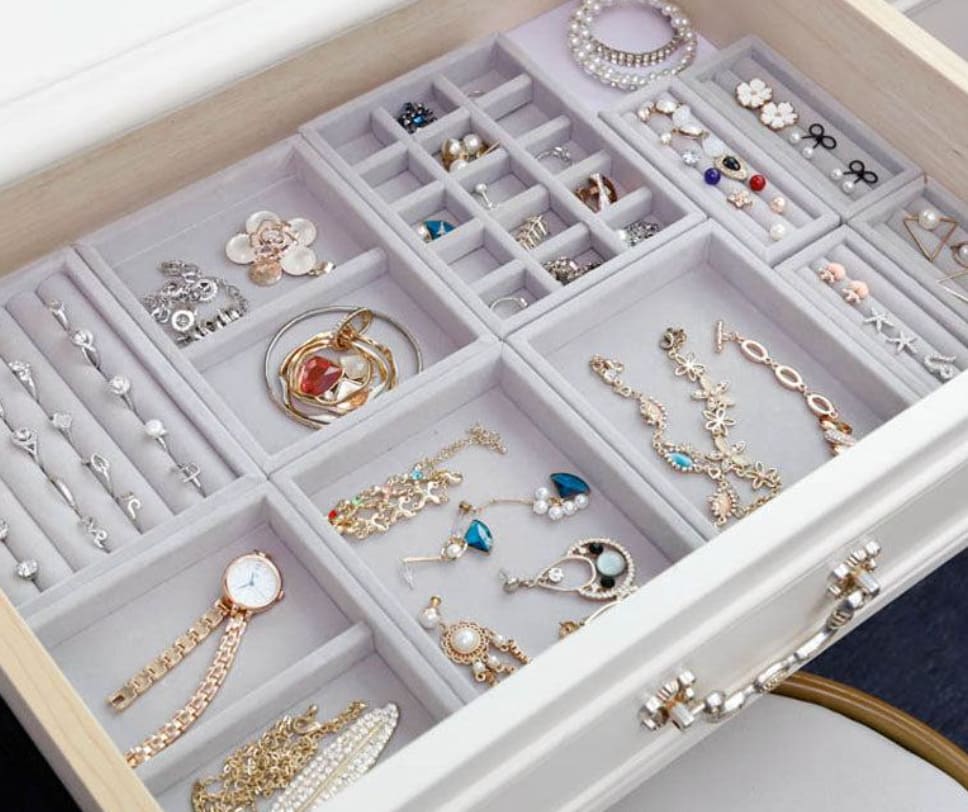
3. Use a Jewelry Box
A well-chosen jewelry box is essential for any organized collection. Here's how to organize jewelry box:
Choose the Right Jewelry Box: Select a box that matches the size and diversity of your collection. Look for features like multiple compartments, hooks for necklaces, slots for rings, and separate trays for earrings. A box with a soft, fabric-lined interior will help prevent scratches and tarnish.
Utilize Compartments Wisely: Use the various compartments to separate different types of jewelry. Place necklaces and chains on hooks if available or lay them flat in individual compartments to prevent tangling. Use padded slots for rings and small compartments for earrings to keep pairs together.
Prioritize Accessibility: Arrange your jewelry within the box based on how often you wear each piece. Keep your frequently used items in the most accessible spots, perhaps in the top trays or the front sections of the box. Occasional wear items can go in deeper or lower compartments.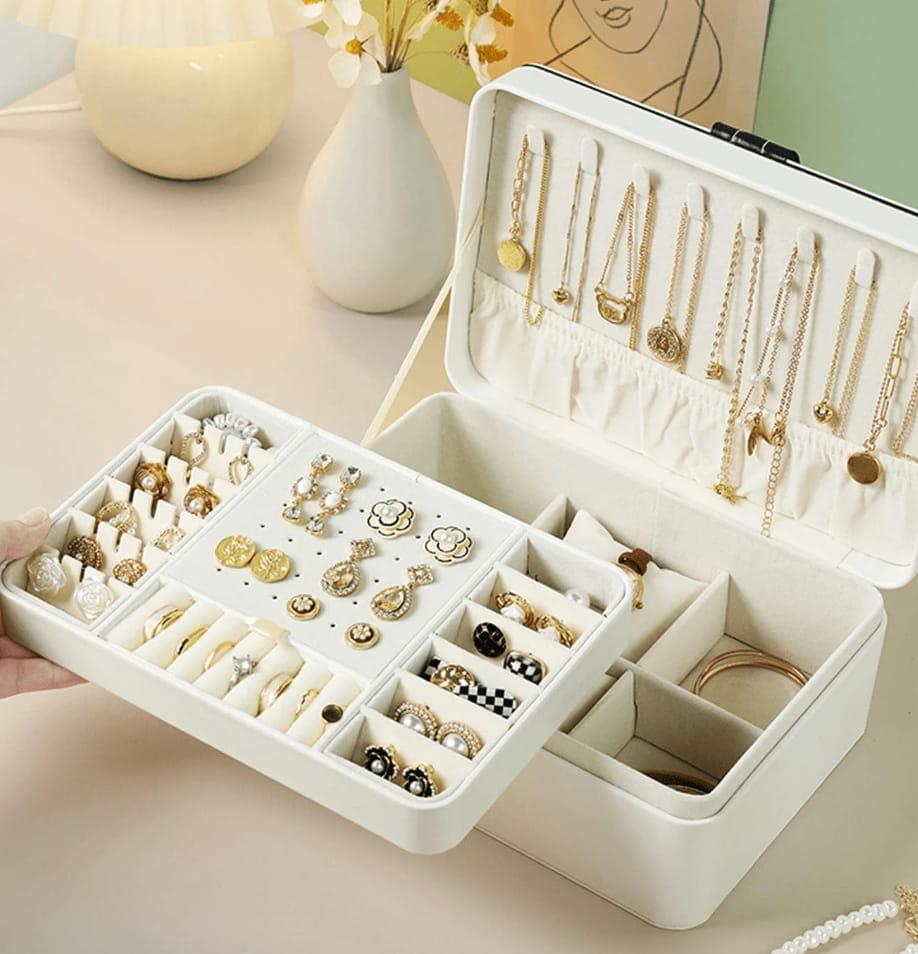
4. Hang Necklaces to Prevent Tangling
Hanging necklaces is an effective way to prevent tangling and damage. Here's how to hang your necklaces and make use of vertical space:
Choose the Right Hanger: You can use a variety of hangers designed specifically for jewelry, such as a wall-mounted hook system, a standing necklace tree, or an over-the-door organizer with multiple hooks. These hangers keep each necklace separate and easily visible.
Space Them Out: When hanging your necklaces, ensure there's ample space between each piece. This prevents them from tangling with one another and makes it easier for you to pick one out without disturbing the others.
Sort by Length and Style: Arrange your necklaces by length and style. Hang longer chains or those with delicate pendants on the lower hooks to prevent them from tangling with shorter necklaces. Group similar styles together to make your selection process quicker when you're putting together an outfit.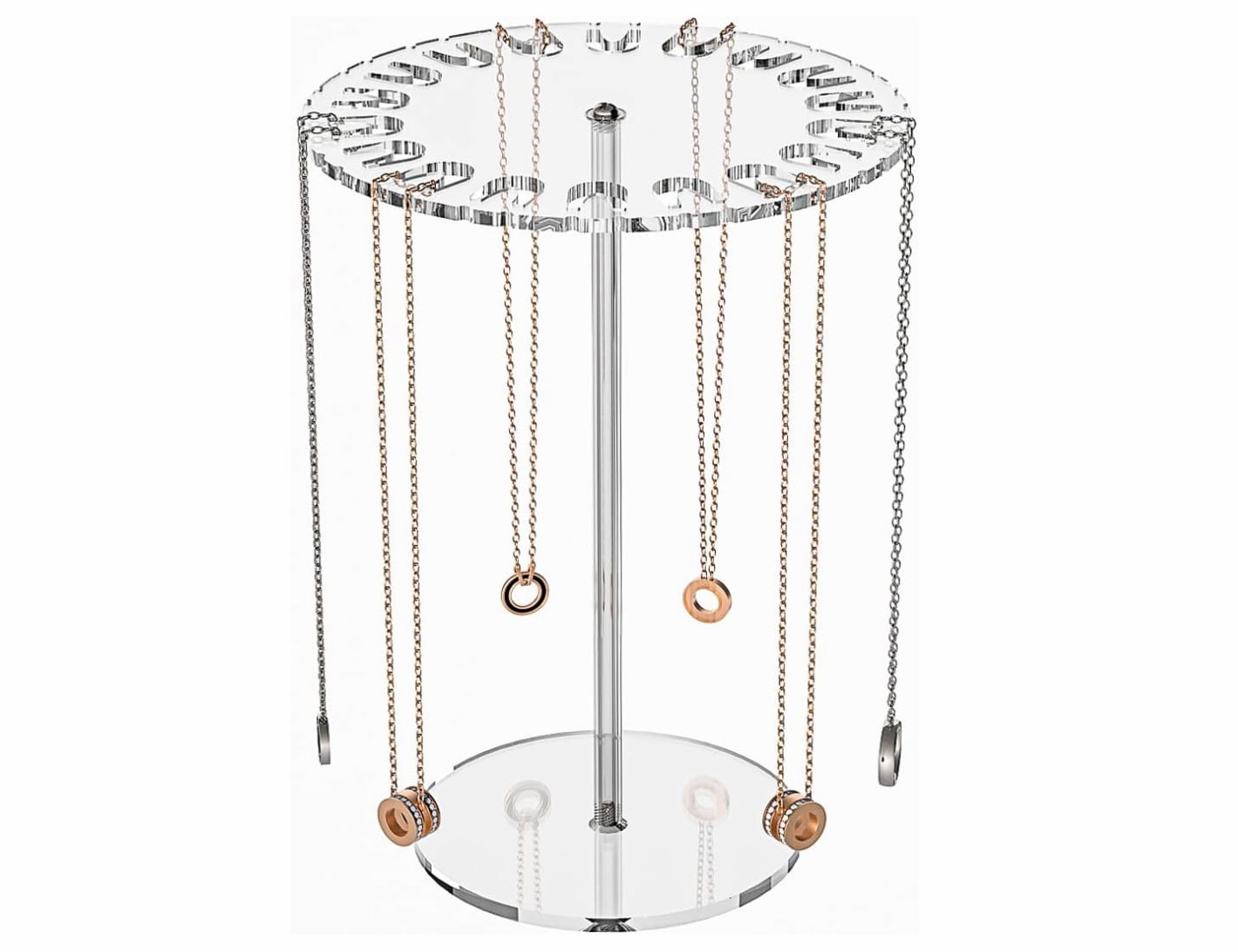
5. Use Soft Pouches for Delicate or Expensive Items
For those pieces in your jewelry collection that are either very delicate or highly valuable, using soft pouches is a protective and practical storage solution.
Select the Right Material: Choose pouches made from soft, non-abrasive materials such as microfiber, velvet, or silk. These fabrics are gentle on jewelry and prevent scratches and physical damage. Avoid materials that might snag or pull at delicate settings.
Individual Storage: Store each piece of jewelry in its own pouch to avoid contact with other items that could cause scratches or tangles. This is especially important for jewelry with high-set gemstones or intricate designs that are prone to catching.
Label the Pouches: Consider labeling the pouches with a tag or a small note to identify the contents easily. This saves time when searching for a specific piece and helps keep track of your items.
6. Keep Frequently Worn Pieces in Easy-to-Access Spots
To make your daily routine more efficient, keep frequently worn jewelry in easy-to-access spots.
Identify Your Go-To Pieces: Start by determining which items you wear most often. These might include your favorite watch, a couple of everyday rings, or the earrings and necklaces that you frequently match with your work or casual outfits.
Prime Placement: Position these pieces in the most accessible part of your jewelry organizer or box. If you're using a jewelry box with multiple compartments, reserve the top drawer or the section right at the front for these items. For wall organizers or hanging setups, place these pieces at eye level or just below.
Use Open Containers or Trays: For items you wear nearly every day, consider using open containers or small trays on your dresser or a shelf near your wardrobe. This keeps them handy, and you can quickly grab them as you get dressed.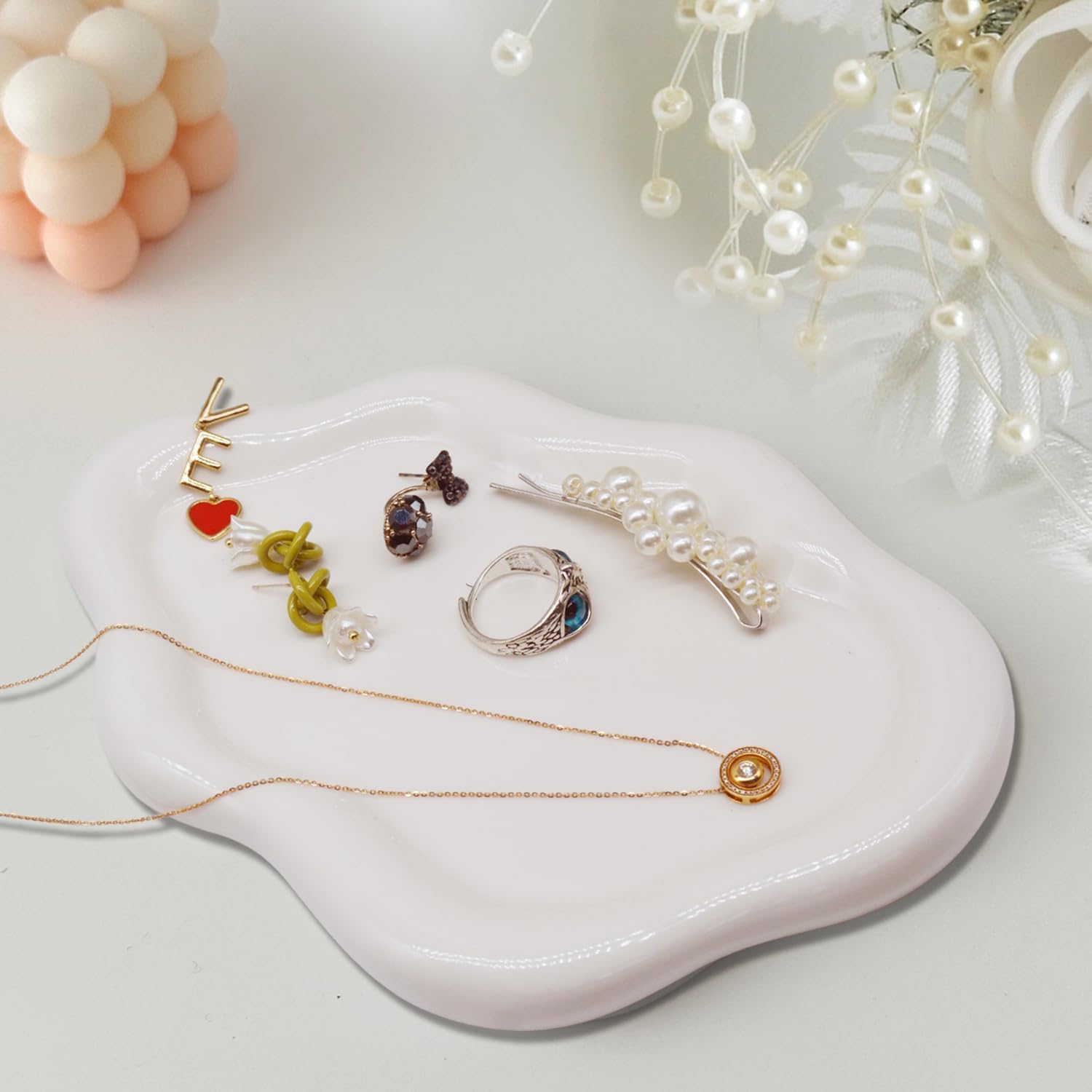
How to Organize Jewelry DIY
Creating your own DIY jewelry organization solutions can be a fun and cost-effective way to customize storage according to your specific needs and personal style. Here are some creative DIY ideas on how to organize jewelry without a jewelry box:
Frame Your Treasures: Transform an old picture frame into a chic jewelry holder. Remove the glass and replace it with a piece of linen-covered corkboard for pinning items or install wires or small hooks to hang earrings and necklaces. This solution not only keeps your jewelry organized but also turns it into wall art.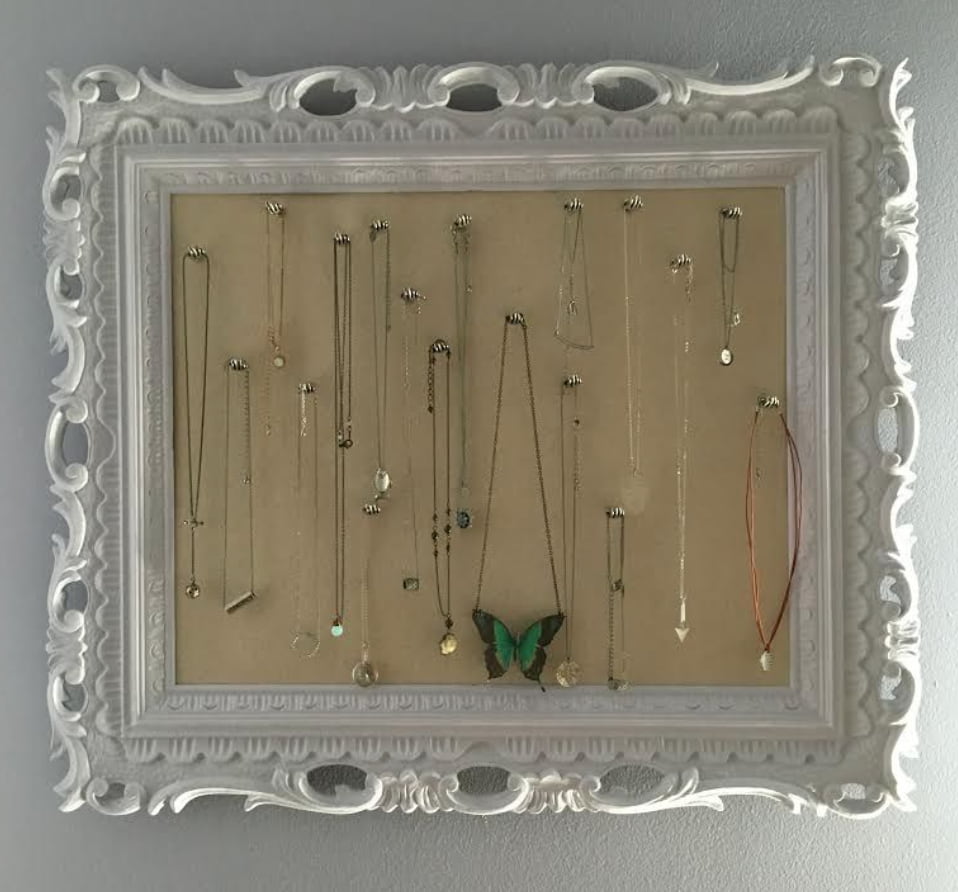
Repurpose Everyday Items: Look for unconventional storage solutions within your home. For instance, repurpose ice cube trays, egg cartons, or muffin tins as drawer organizers to organize smaller items like rings, earrings, and pins. Each compartment can hold different pieces, keeping them neatly separated and easy to find.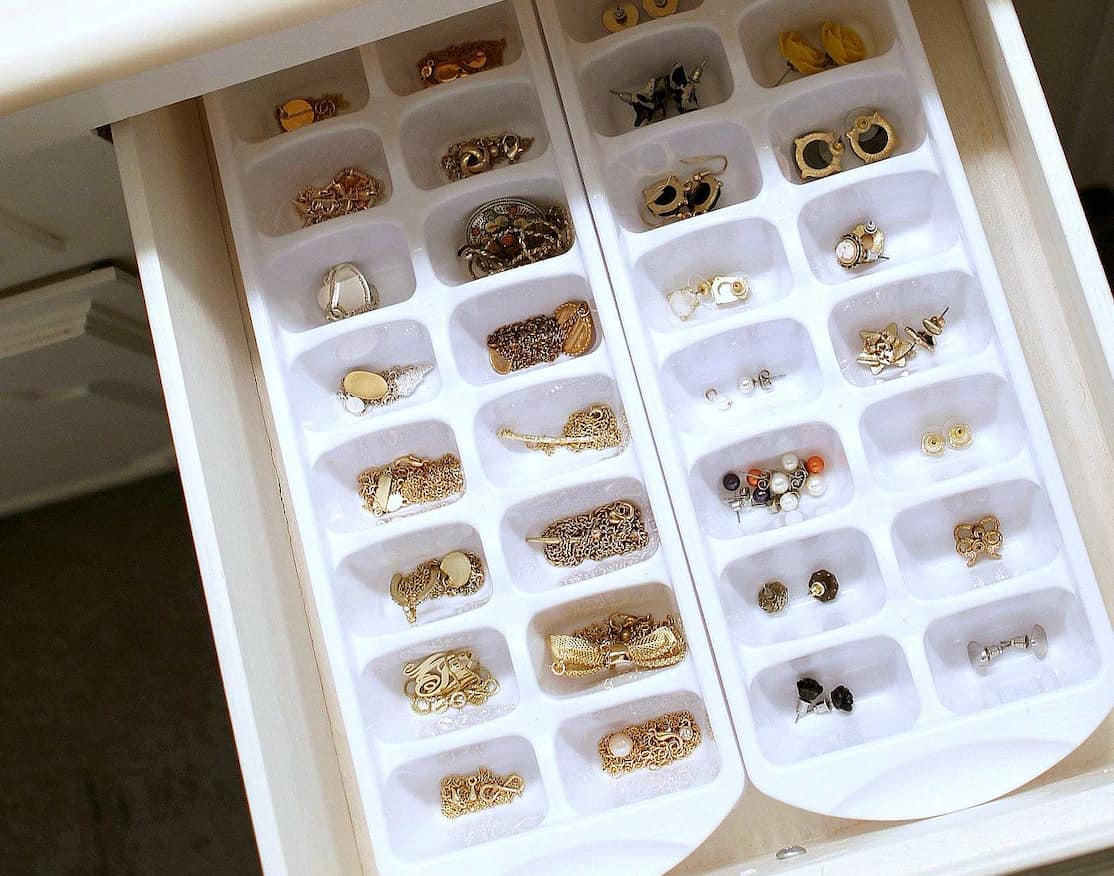
Branch Out: Use a found or purchased branch, painted or left natural, placed in a large vase. Hang necklaces, bracelets, and even rings from the branches. This adds a rustic or bohemian flair to your decor while keeping jewelry tangle-free.
Contain Earrings on Cardstock: For an easy and organized way to store stud earrings, use a piece of cardstock. Punch small holes in the cardstock and insert your earrings. This method keeps pairs together and can be placed in a jewelry box or hung on a wall for easy access. It's a simple yet effective way to keep your earrings organized and visible at a glance.
Tips for Better Jewelry Organization
Here are some extra jewelry organization hacks to help you protect your investment and get the most out of every piece in your collection:
Create a Jewelry Catalog: Take photos of each piece of jewelry and create a digital catalog using a smartphone app or software. Tag each item with details like material, style, and occasion to easily search and retrieve pieces when needed. This digital inventory not only helps you keep track of your collection but also serves as a reference for insurance purposes.
Utilize Vertical Space: Don't shy away from using vertical space like walls or the backs of doors for storage. Hanging organizers, magnetic boards, and corkboards can be excellent tools for how to organize jewelry in a small space, making good use of otherwise unused space.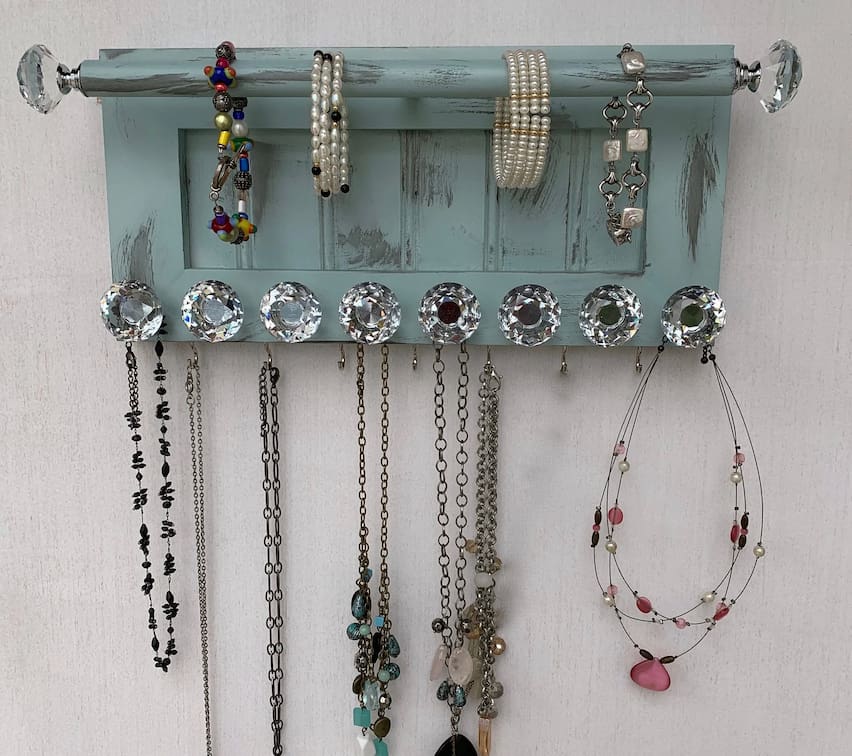
Incorporate Scented Elements: Place scented sachets or cedar blocks in your jewelry storage area to keep your pieces smelling fresh and deter tarnishing. Lavender, rosemary, and cedar are natural options that not only add a pleasant aroma but also possess anti-microbial properties to protect your jewelry.
Implement a Rotation System: Regularly rotate your jewelry to ensure that all pieces are being worn and enjoyed. Use a designated area in your storage setup for items that haven't been worn in a while. This serves as a visual reminder to incorporate them into your outfits or consider reevaluating whether they still suit your style.
Conclusion
Efficiently organizing your jewelry transforms cluttered drawers and tangled chains into a visually appealing and accessible collection. By implementing the practical tips and strategies discussed on how to organize jewelry, you can not only safeguard them from damage but also enhance your daily routine by easily selecting the perfect pieces to complement your outfits. Start organizing today and turn your jewelry chaos into a showcase of beauty and order.
FAQ
How do you declutter jewelry?
To declutter jewelry, start by sorting through your entire collection. Separate items into categories like rings, necklaces, earrings, and bracelets. Identify pieces you wear regularly and set them aside. For items you rarely use, consider donating or storing them away. Evaluate damaged or outdated pieces and decide if they can be repaired or should be discarded. By keeping only what you truly love and wear often, you'll simplify your collection and make it easier to organize.
Do it yourself jewelry organizer?
Creating a do-it-yourself jewelry organizer can be a fun and practical project. Start by assessing the space where you want to store your jewelry, such as a drawer, dresser top, or wall. Use items like small dishes, trays, and hooks to create separate spaces for different types of jewelry. You can also repurpose everyday items like ice cube trays or muffin tins for smaller pieces. Personalize your organizer to fit your style and needs.
How do you organize necklaces without tangling?
To organize necklaces without tangling, it's essential to store them properly. One effective method is to hang them on hooks or a necklace holder, which keeps each piece separate. If you prefer to store them in a drawer, use a compartmentalized tray where each necklace has its own section. Another option is to use small, resealable plastic bags, placing one necklace in each bag and leaving a bit of the chain outside to prevent knots. These methods will help you keep your necklaces untangled and easily accessible.







